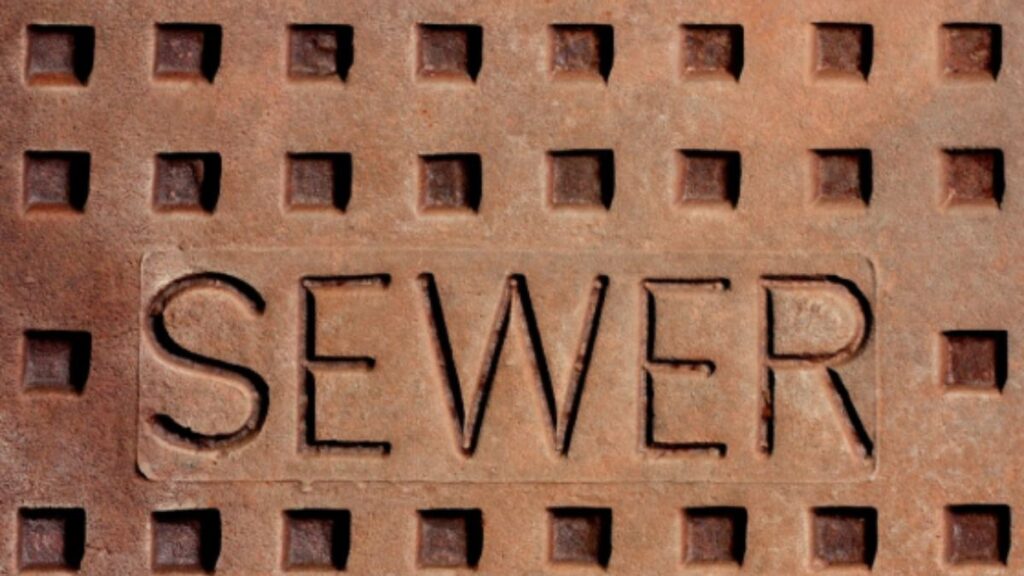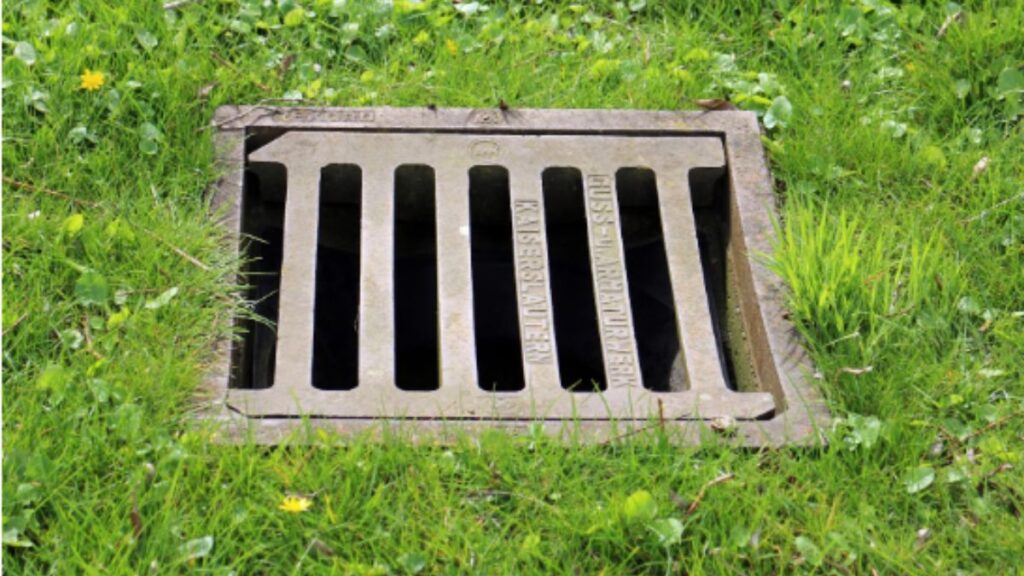Sewage damage is one of the most hazardous types of property damage a homeowner or business owner can experience. When wastewater backs up into a building, it brings with it a range of contaminants, bacteria, and viruses that pose serious health risks. The unpleasant odor, structural damage, and potential for mold growth make immediate action necessary.
Ignoring or delaying the cleanup of sewage damage can lead to long-term health complications, costly repairs, and even permanent damage to property. Understanding why prompt intervention is essential can help mitigate risks and restore a safe living or working environment.
Health Hazards Associated with Sewage Exposure
Sewage contains harmful microorganisms, including bacteria, viruses, and parasites that can cause severe illnesses. Exposure to contaminated water increases the risk of infections, respiratory issues, and gastrointestinal diseases. E. coli, Salmonella, and Hepatitis A are just a few of the pathogens commonly found in sewage.
Even indirect contact with sewage-contaminated surfaces can be dangerous. Airborne particles from dried sewage can cause respiratory problems, while touching affected materials without proper protection may lead to skin infections. The longer sewage remains in an environment, the greater the risk of microbial growth and disease transmission.
Structural Damage Caused by Sewage Water
Sewage backups can cause extensive damage to flooring, walls, and furniture. Contaminated water seeps into porous materials, making it difficult to remove completely. Drywall, wood, and carpet fibers absorb moisture, weakening their structure and increasing the likelihood of permanent damage.
If sewage water infiltrates a building’s foundation, it can erode concrete and create structural instability. Wooden beams and support structures that absorb contaminated water may rot over time, leading to expensive repairs. Immediate removal and drying of affected materials are crucial to preventing long-term structural deterioration.
Mold Growth and Secondary Contamination
Excess moisture from sewage damage creates the perfect environment for mold growth. Mold spores spread quickly and thrive in damp conditions, especially on organic materials such as wood, drywall, and carpeting. Once mold takes hold, it becomes increasingly difficult to remove, requiring professional remediation.
Mold exposure can cause allergic reactions, respiratory issues, and worsening symptoms for individuals with asthma or weakened immune systems. Failing to address sewage damage promptly increases the likelihood of mold infestations, making the restoration process even more complex and expensive.
Odor and Air Quality Concerns
One of the most immediate and noticeable effects of sewage damage is the foul odor. The gases released from decomposing waste and bacteria not only create an unbearable smell but also pose risks to indoor air quality.
Sewage contains methane, hydrogen sulfide, and ammonia, all of which can be hazardous when inhaled in high concentrations. Prolonged exposure to these gases can cause headaches, dizziness, nausea, and, in severe cases, respiratory distress. Proper ventilation, thorough cleaning, and odor-neutralizing treatments are essential to restoring safe indoor air quality.
Preventing Pest Infestations
Standing sewage water attracts pests such as rats, cockroaches, and flies. These pests carry additional bacteria and diseases, increasing health risks for occupants. Once they find a food or water source in a contaminated area, they quickly multiply, making eradication difficult.
Even after visible sewage has been removed, residual waste and odors can continue to attract pests. Thorough disinfection and sealing of entry points help prevent infestations and ensure the area is fully restored to sanitary conditions.
The Importance of Professional Cleanup
Attempting to handle sewage damage without professional assistance is extremely risky. Without the right protective equipment and cleaning solutions, individuals may expose themselves to harmful contaminants. Professional sewage cleanup services ensure the safe removal of hazardous materials, proper disinfection, and full restoration of affected areas. Experts use specialized tools, industrial-grade disinfectants, and high-powered drying equipment to eliminate bacteria, prevent mold, and restore air quality.
Professional crews also inspect the extent of damage and provide necessary repairs, reducing the risk of long-term complications.
Steps to Take Immediately After Sewage Damage
The first step after discovering sewage damage is to evacuate the affected area and avoid direct contact with contaminated water. Turning off electricity in the impacted zone prevents electrical hazards, as standing water increases the risk of short circuits and shocks.
If the damage is extensive, contacting a professional restoration service should be the next priority. While waiting for assistance, property owners should ventilate the area by opening windows and doors to reduce odors and disperse harmful gases.
Using protective gear such as gloves, masks, and boots can prevent direct exposure to bacteria. However, full cleanup and sanitation should only be handled by trained professionals to ensure thorough decontamination.

Ignoring sewage damage can have devastating consequences for both health and property integrity. The presence of harmful bacteria, structural deterioration, mold growth, and air quality concerns make it essential to act quickly. Professional sewage cleaning services ensure thorough decontamination, reducing risks and restoring a safe environment.
Taking proactive steps to prevent future sewage issues minimizes the chances of costly damage and health hazards. Whether through regular plumbing maintenance, insurance protection, or early intervention, addressing sewage problems immediately safeguards both property and well-being.







